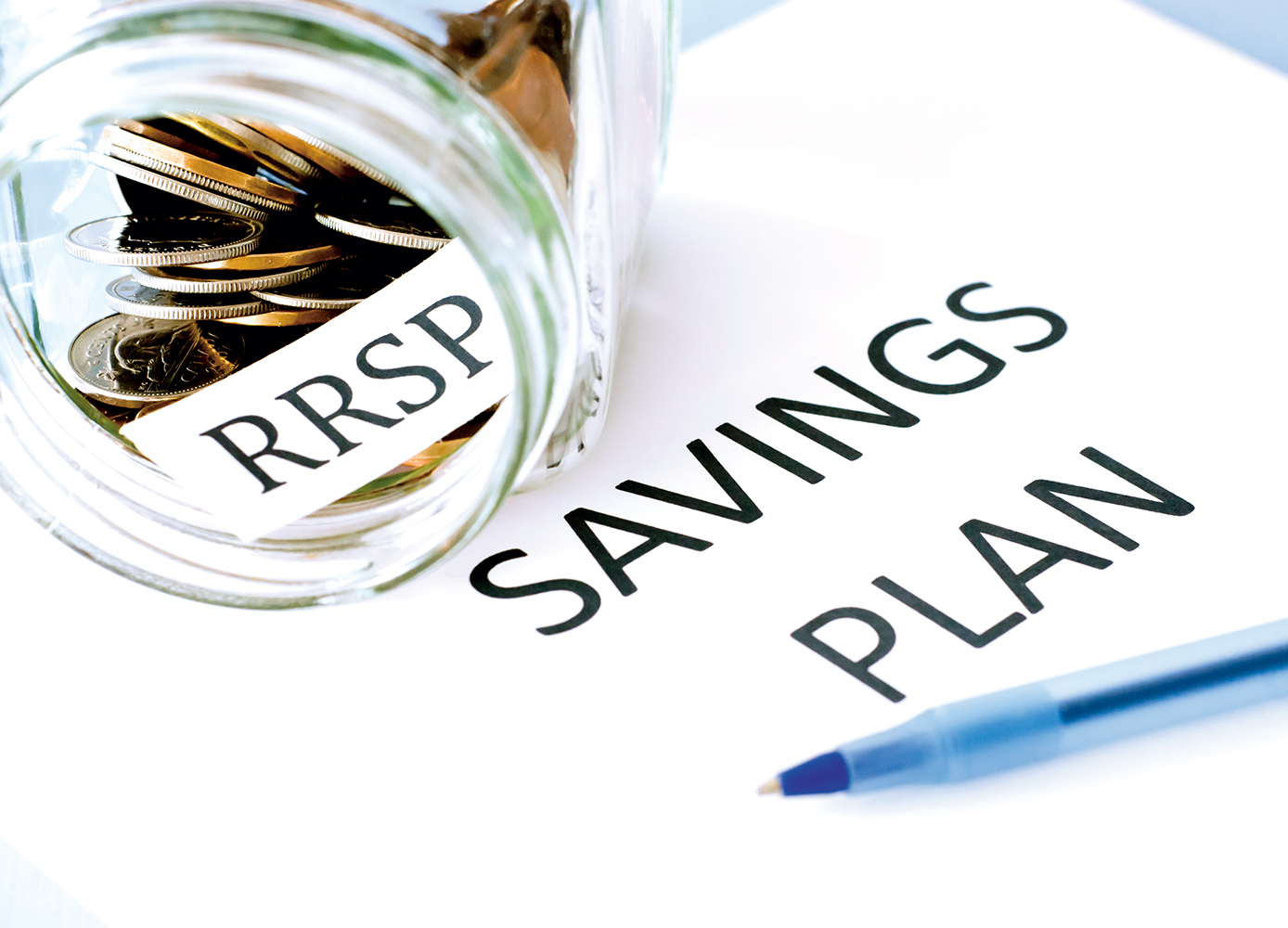If you set up an RESP for someone, the government will actually help you fund his or her education
A popular regular feature in Good Times magazine is “Your Questions,” where Olev Edur provides answers to questions from our readers regarding their rights, personal finance, and estate planning. Here’s one on helping the kids and grandkids save for university.
Photo: iStock/drogatnev.
Q. I’m thinking about setting up some Registered Education Savings Plans (RESPs) for my three grandkids to help pay for their university educations, which are getting horribly expensive these days. I know I don’t get any tax benefit from it, but I’m not sure how good they are for the grandkids, compared with putting aside some money in a savings account. Are they really worth it, or should I just stick with a savings account?
A. In a word, yes. RESPs are an excellent way to fund a child’s (or grandchild’s) education and can provide substantial monetary benefits, provided that the money is indeed used for educational purposes. Here are the basics of how they work:
1. You (the “subscriber”) open a plan at a financial institution (the “promoter”) on behalf of a child under the age of 18 (the “beneficiary”). There can be more than one beneficiary per plan (through family plans), and there can be more than one plan per beneficiary. For example, you and a relative could each open RESPs for the same child.
2. You then contribute money to the plan. There’s no annual limit on contributions, but there is a lifetime limit of $50,000 per beneficiary (from all plans). You don’t get a tax deduction for contributions, but while the money is in the plan or plans, it can compound tax-free until it’s withdrawn. You can choose how the money in the plan is invested, although there are some limits on qualifying investments.
3. The government will then kick in some money of its own. First, Employment and Social Development Canada (ESDC) will contribute a basic Canada Education Savings Grant (CESG) equal to 20 per cent of the annual contributions you make to all eligible RESPs for a qualifying beneficiary, up to $500 per year and to a lifetime limit of $7,200 per beneficiary. You can get up to $1,000 in any given year if you missed contributing in previous years, but you can’t, for example, contribute $10,000 and get $2,000 right away, although you can carry forward entitlements to future years.
If your family income is lower than about $46,000 (2019 income limits hadn’t yet been published by the government at press time), you may be entitled to an “additional” CESG of 20 per cent on the first $500 of each annual contribution, and if your income is between about $46,000 and $92,000, you may be entitled to another
10 per cent additional CESG.
On top of that, families with modest incomes may be entitled to a Canada Learning Bond (CLB), which provides an initial $500 plus $100 for each additional qualifying year, up to a lifetime maximum of $2,000, plus $25 to help cover the cost of opening an RESP. Furthermore, your province may kick in even more if it has its own education savings program. In total, certain low-income families may be entitled to more than $17,000 in government funding for their RESPs. And none of this government money is included in calculating your own contribution limits.
All the money in the RESP (including the government contributions) will compound tax-free until it’s withdrawn from the plan for post-secondary educational purposes. The withdrawals are taxed as income in the hands of the beneficiary, who, as a student, very likely has little other income and can often receive the money tax-free.
If the beneficiary doesn’t use the money for education, however, the government will take back its contributions, and you can also get your contributions back tax-free. Or you may be able to change the beneficiary to someone else, including yourself, for use in pursuing a higher education.
These are the basic rules, but there are a lot of further wrinkles to these plans, dealing with matters such as beneficiary qualifications, and eligible investments and educational institutions. As a result, you should speak to someone knowledgeable about RESPs at your financial institution or contact ESDC (toll-free, 1-800-622-6232) to make sure you fully understand what you’re getting before you sign on the dotted line.





